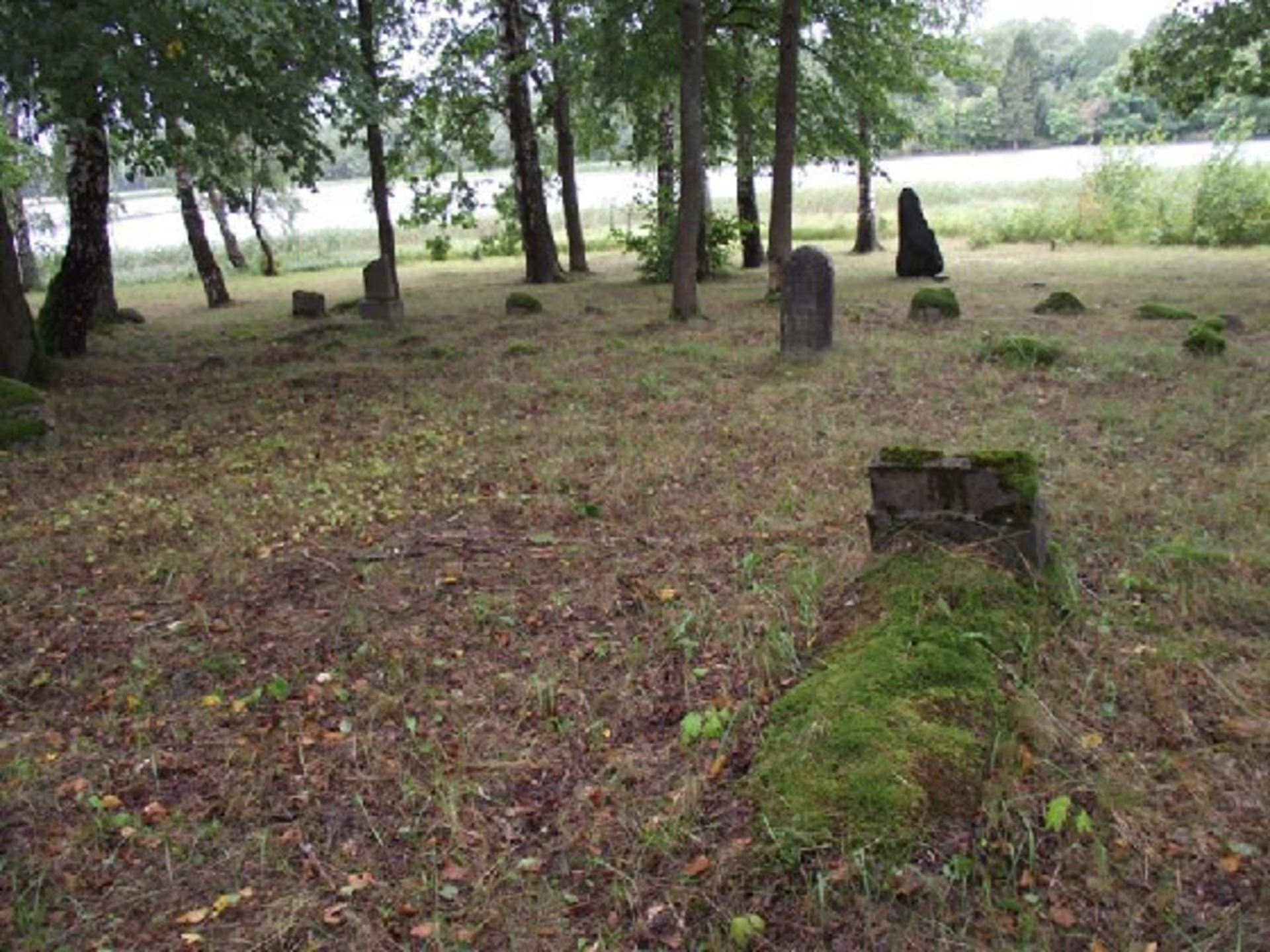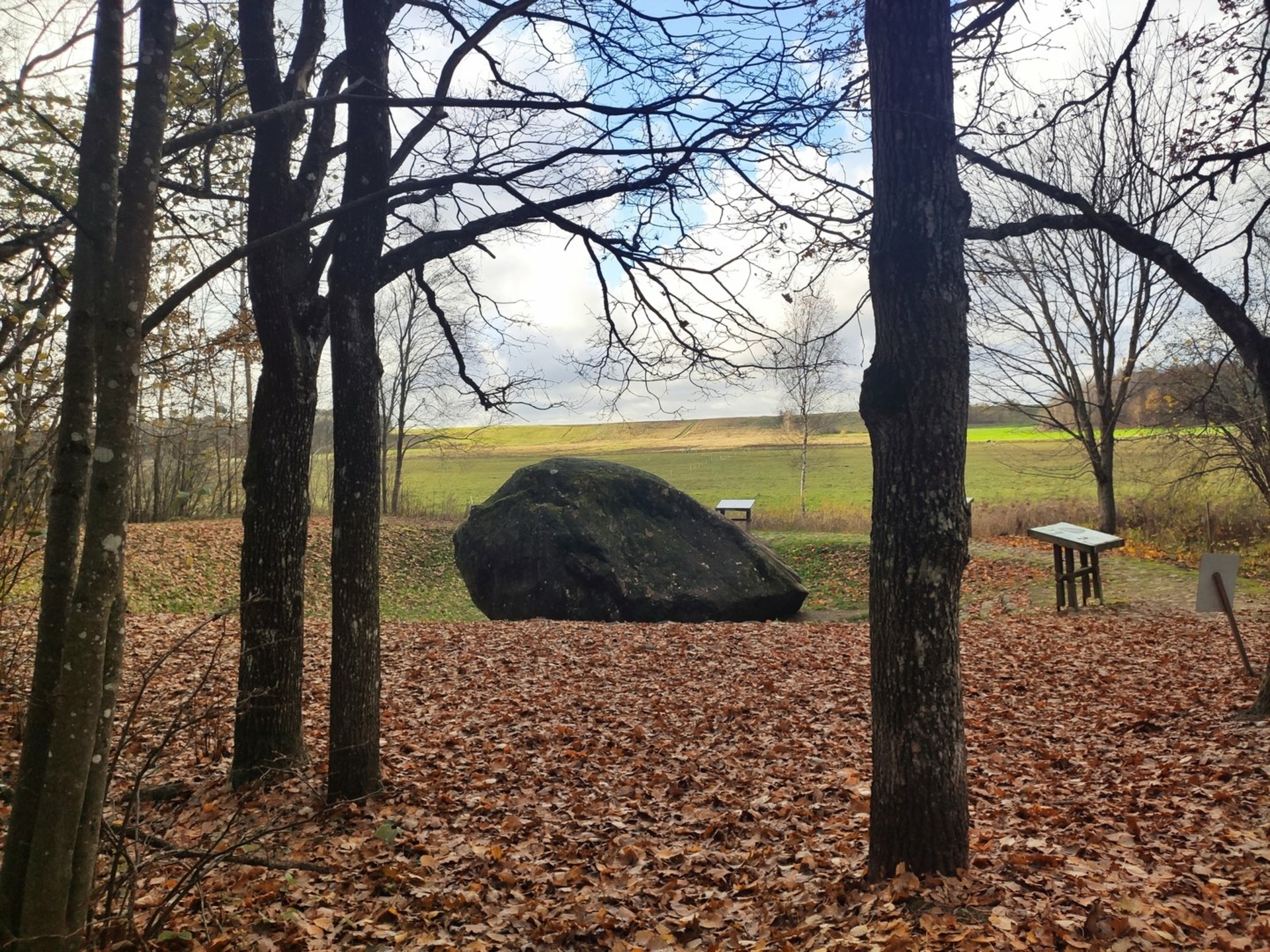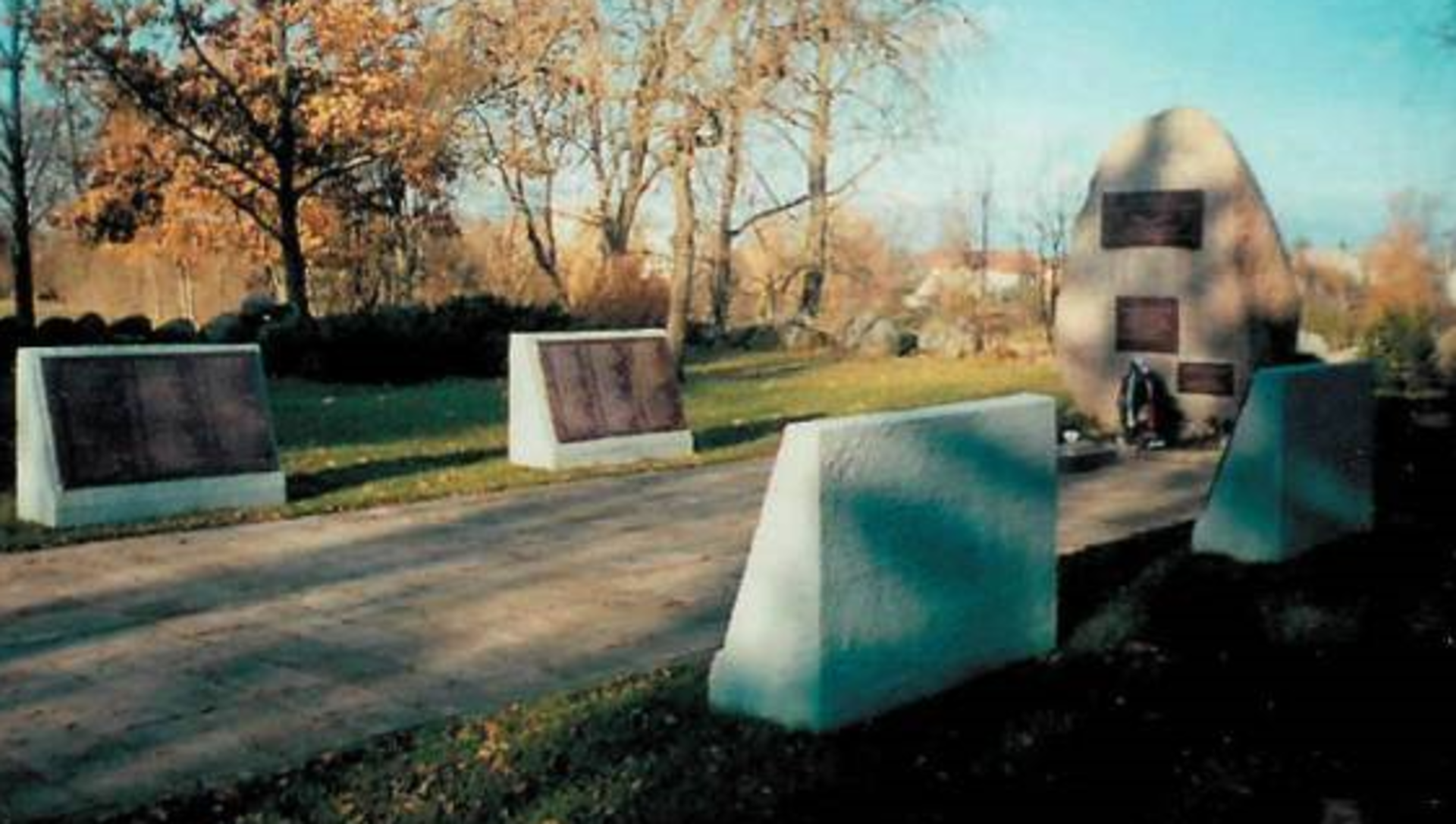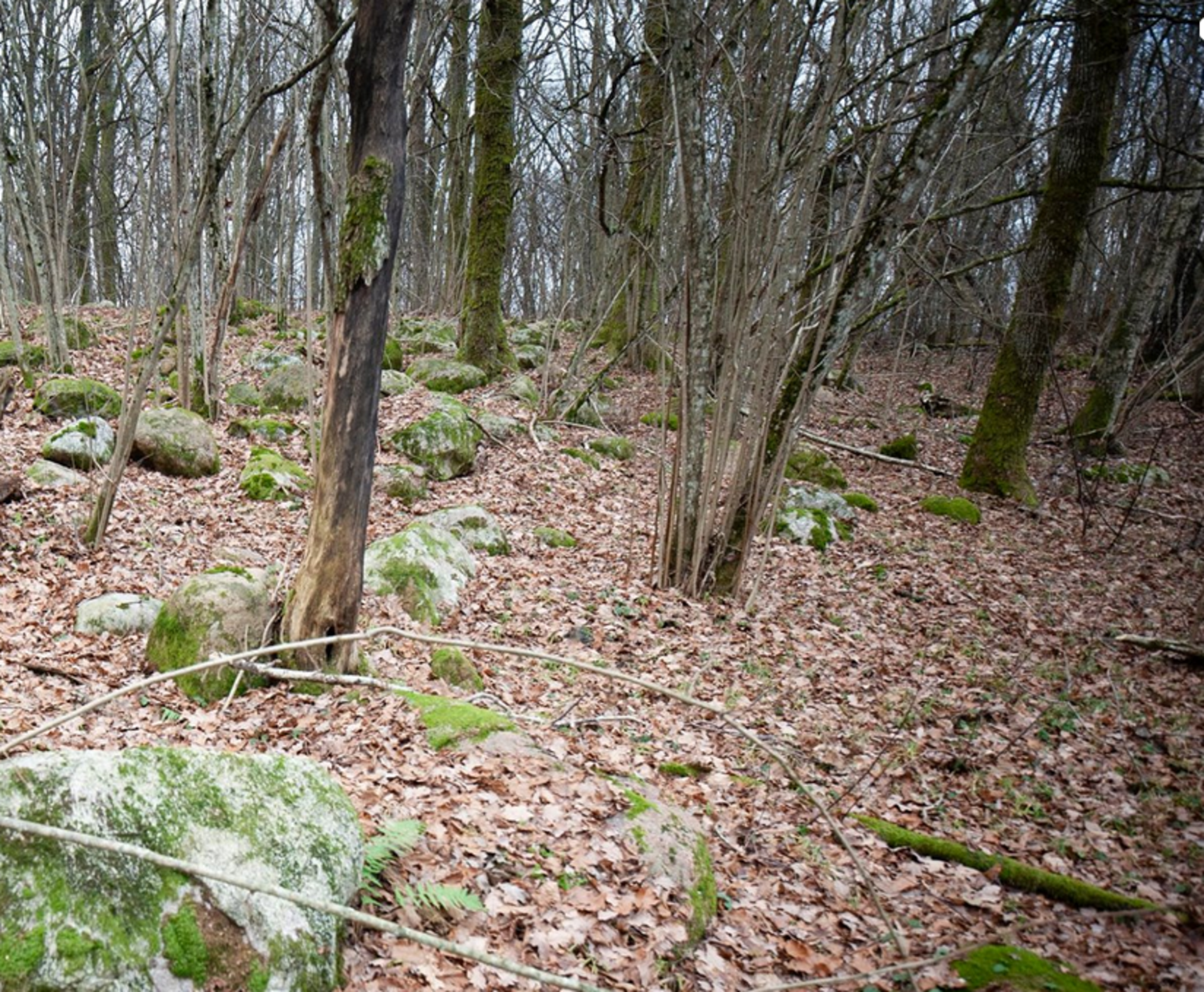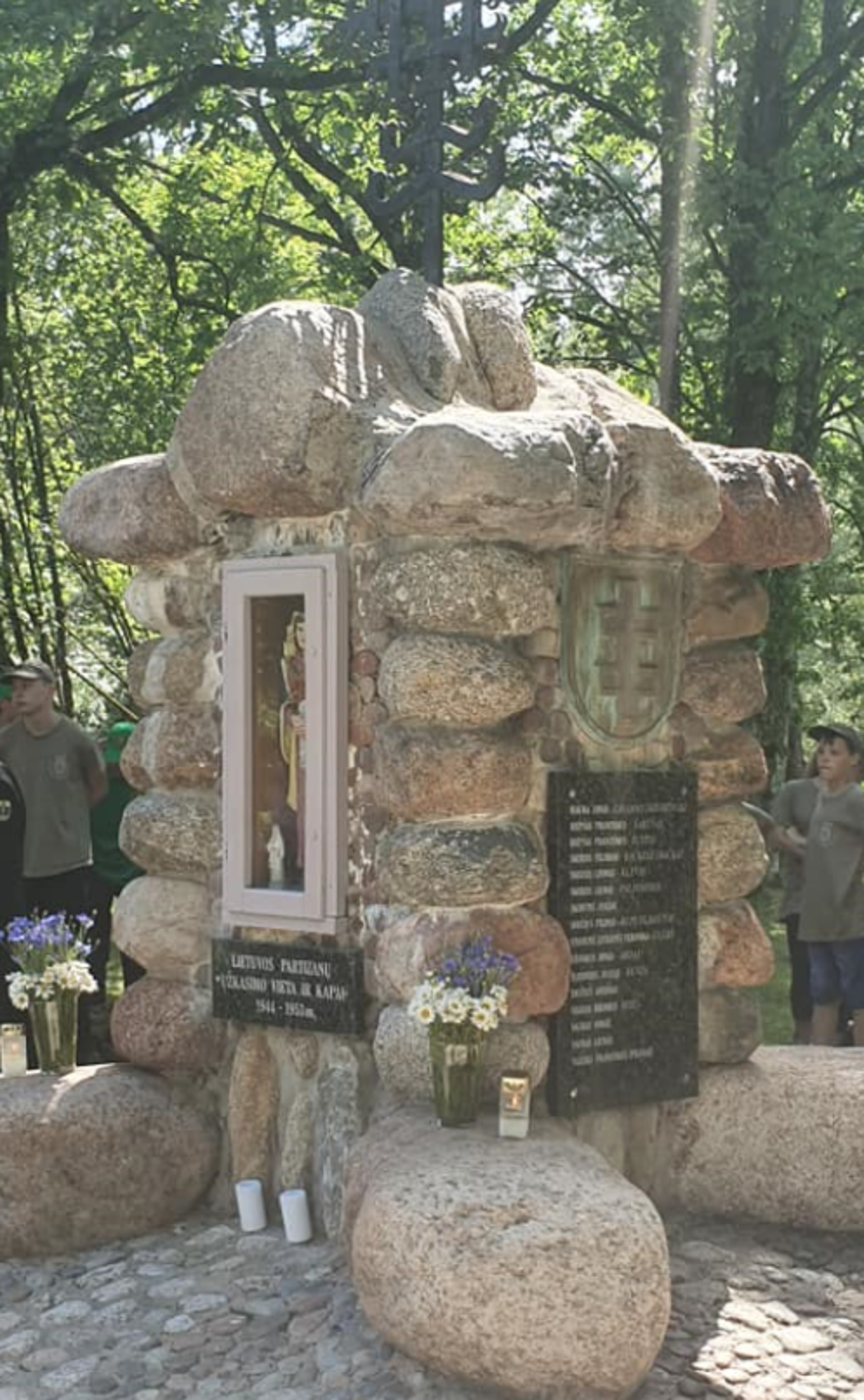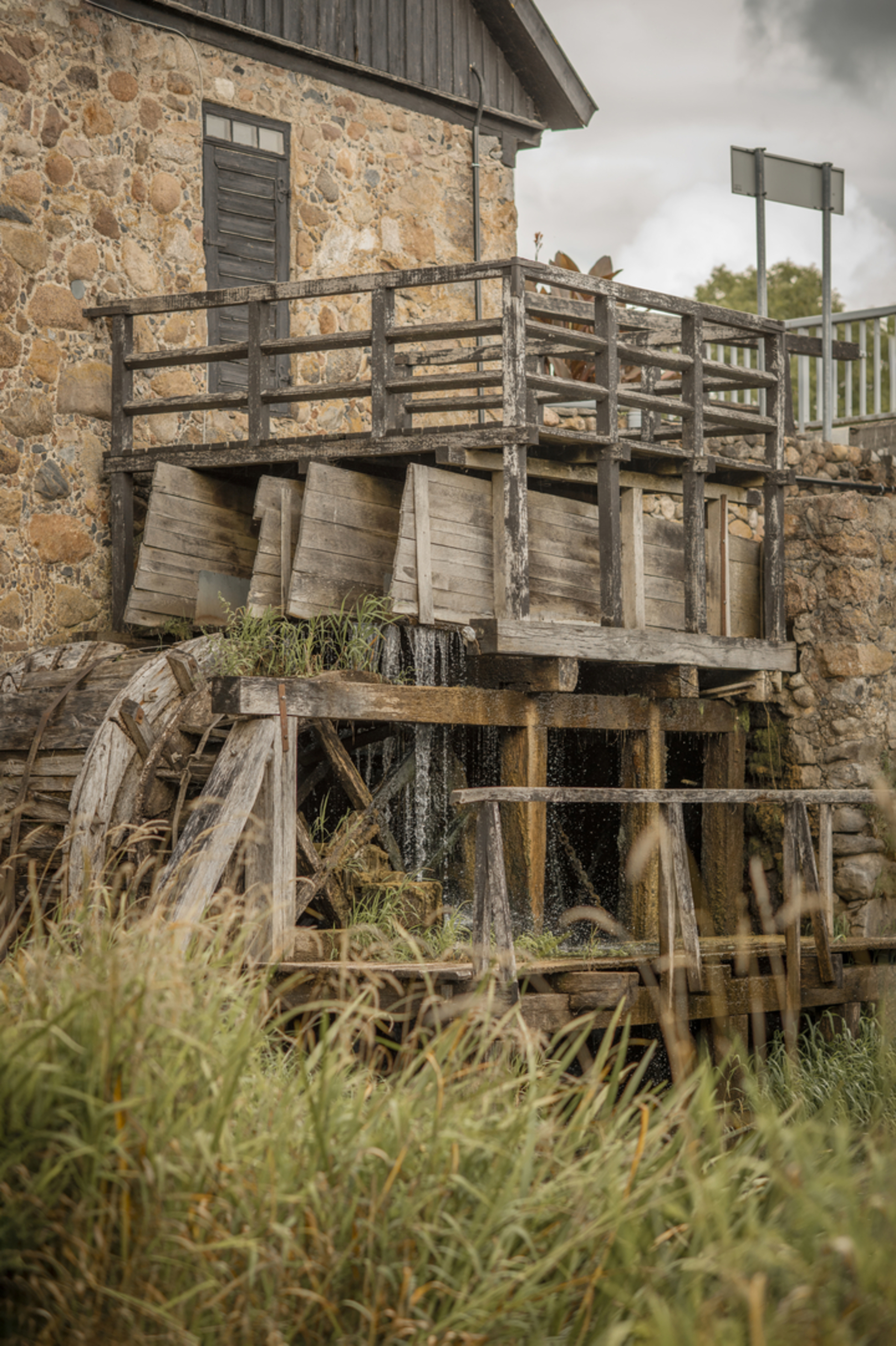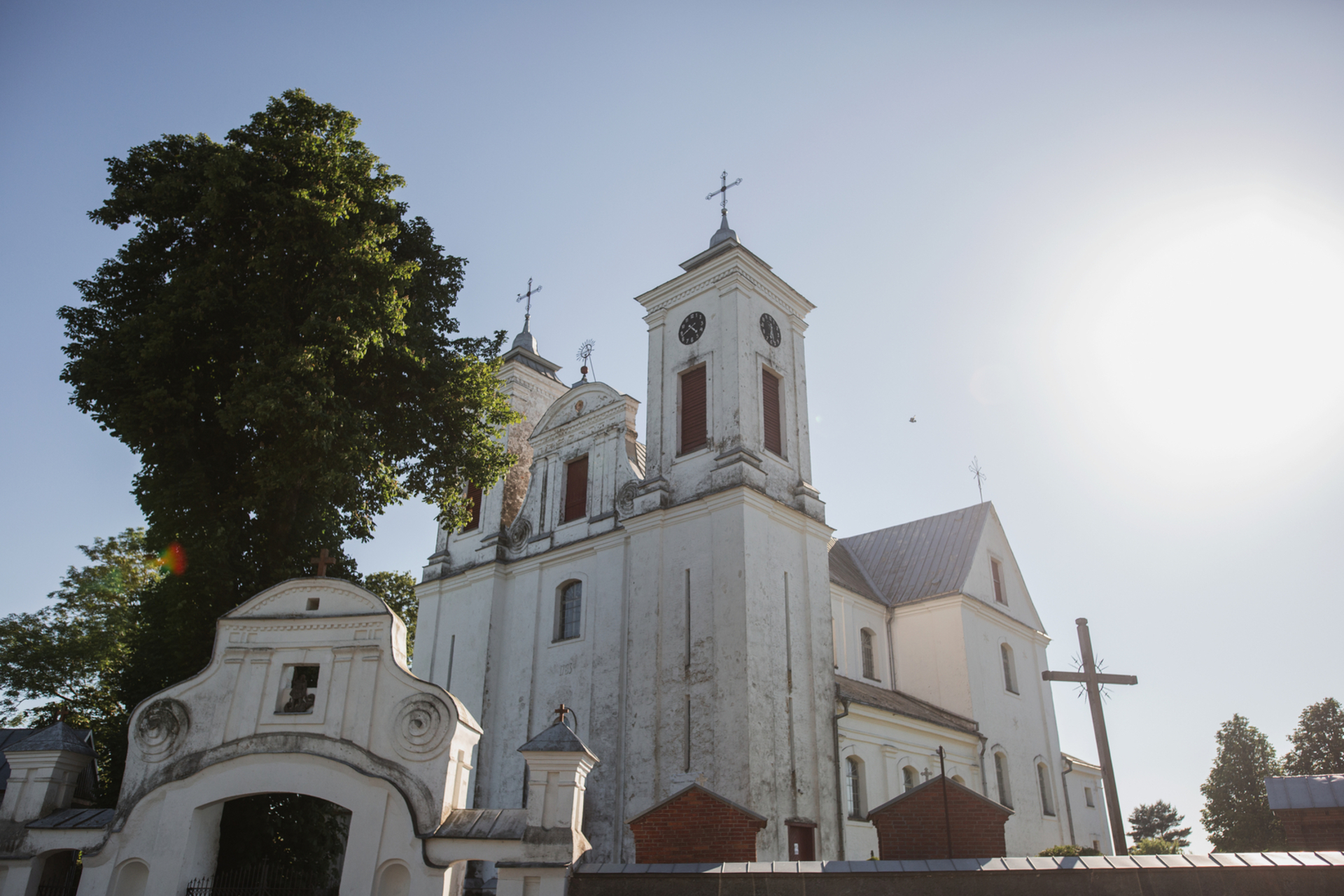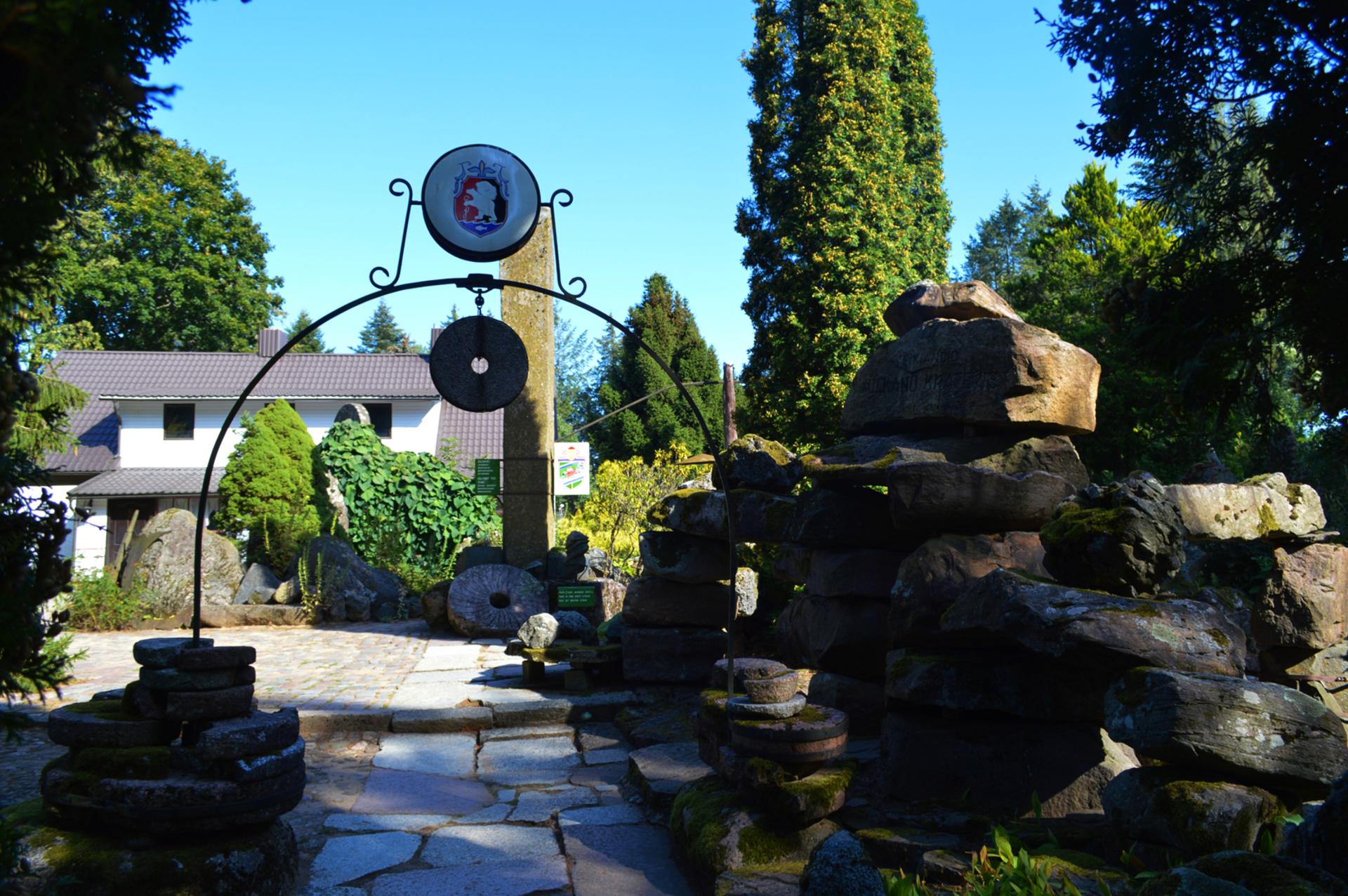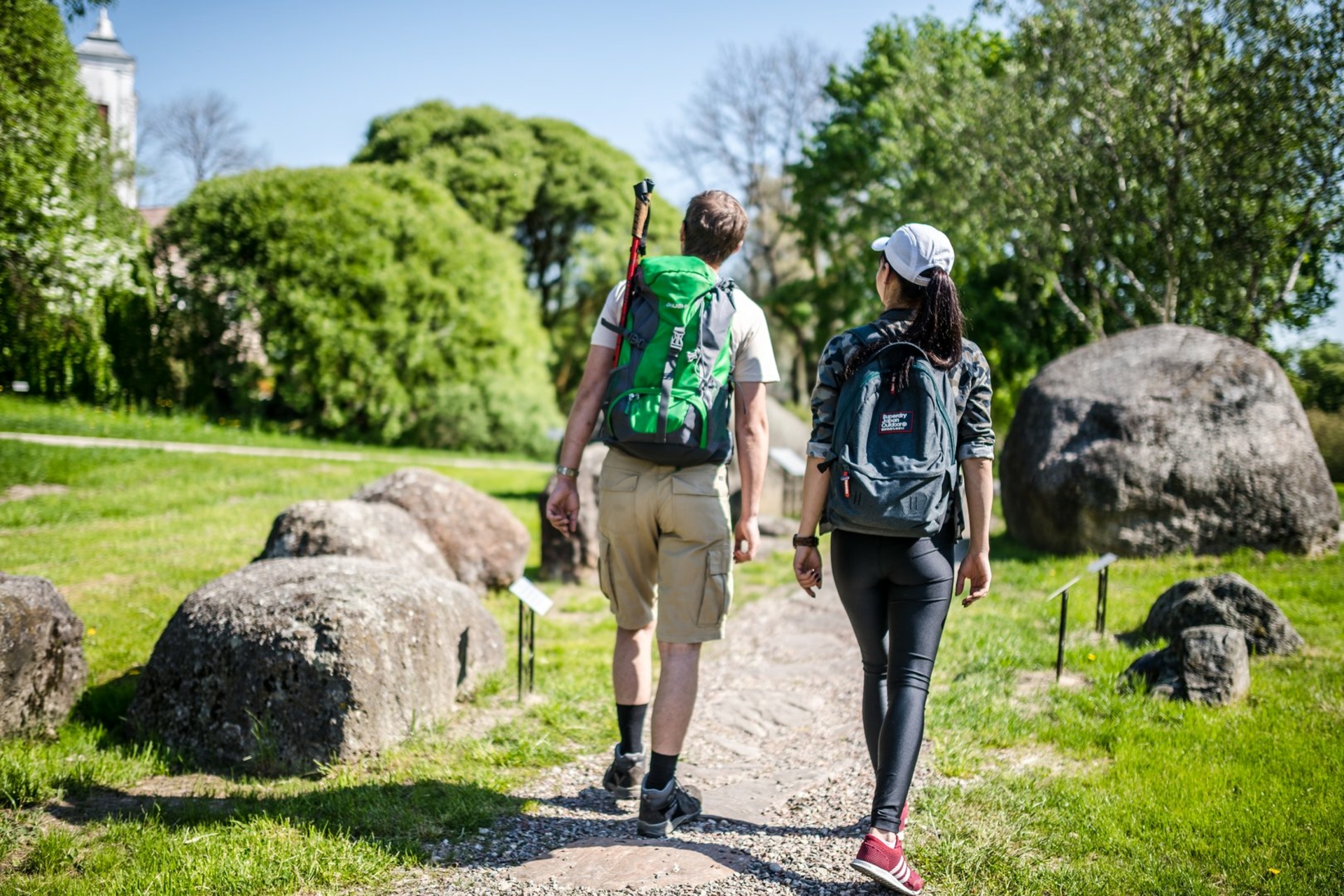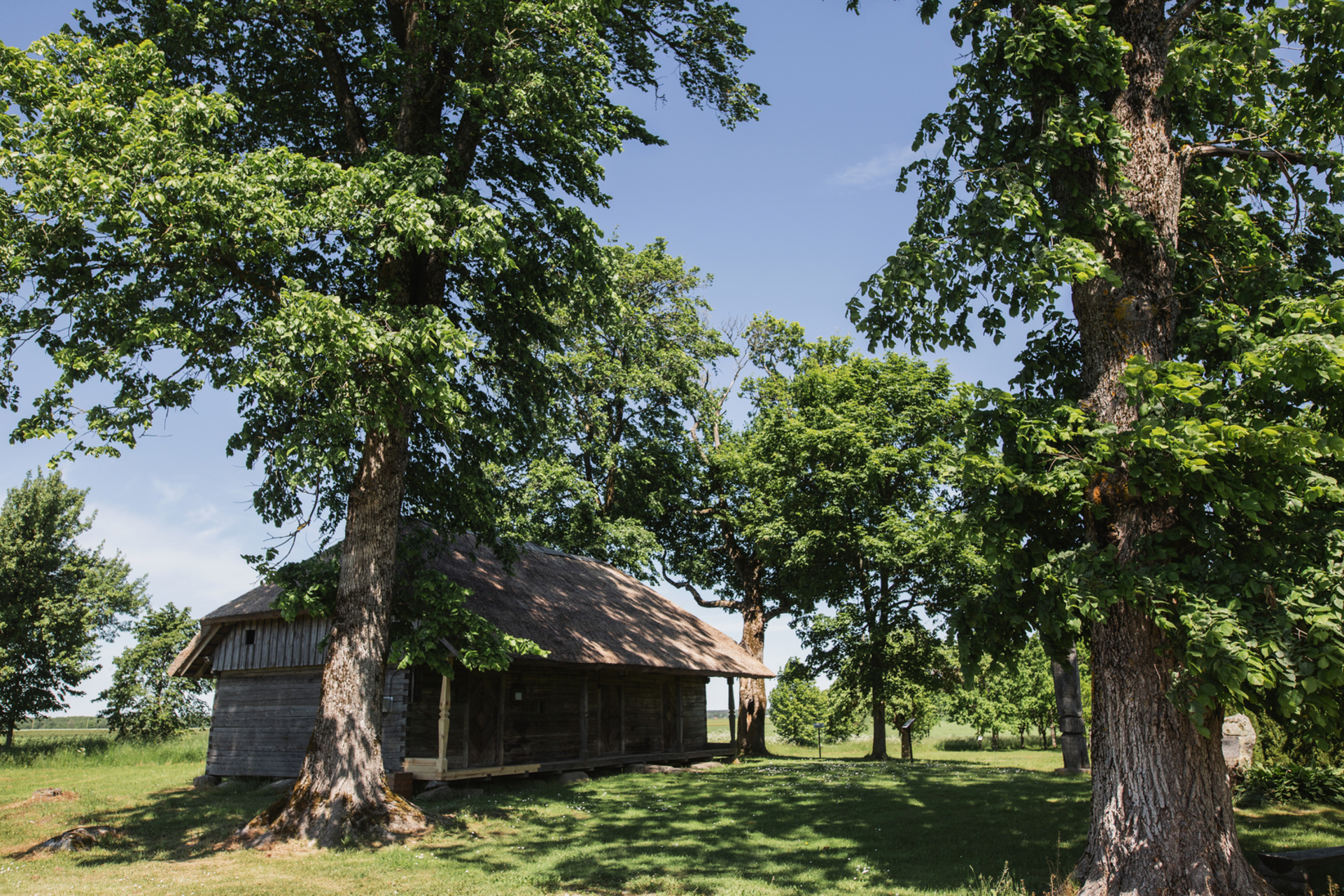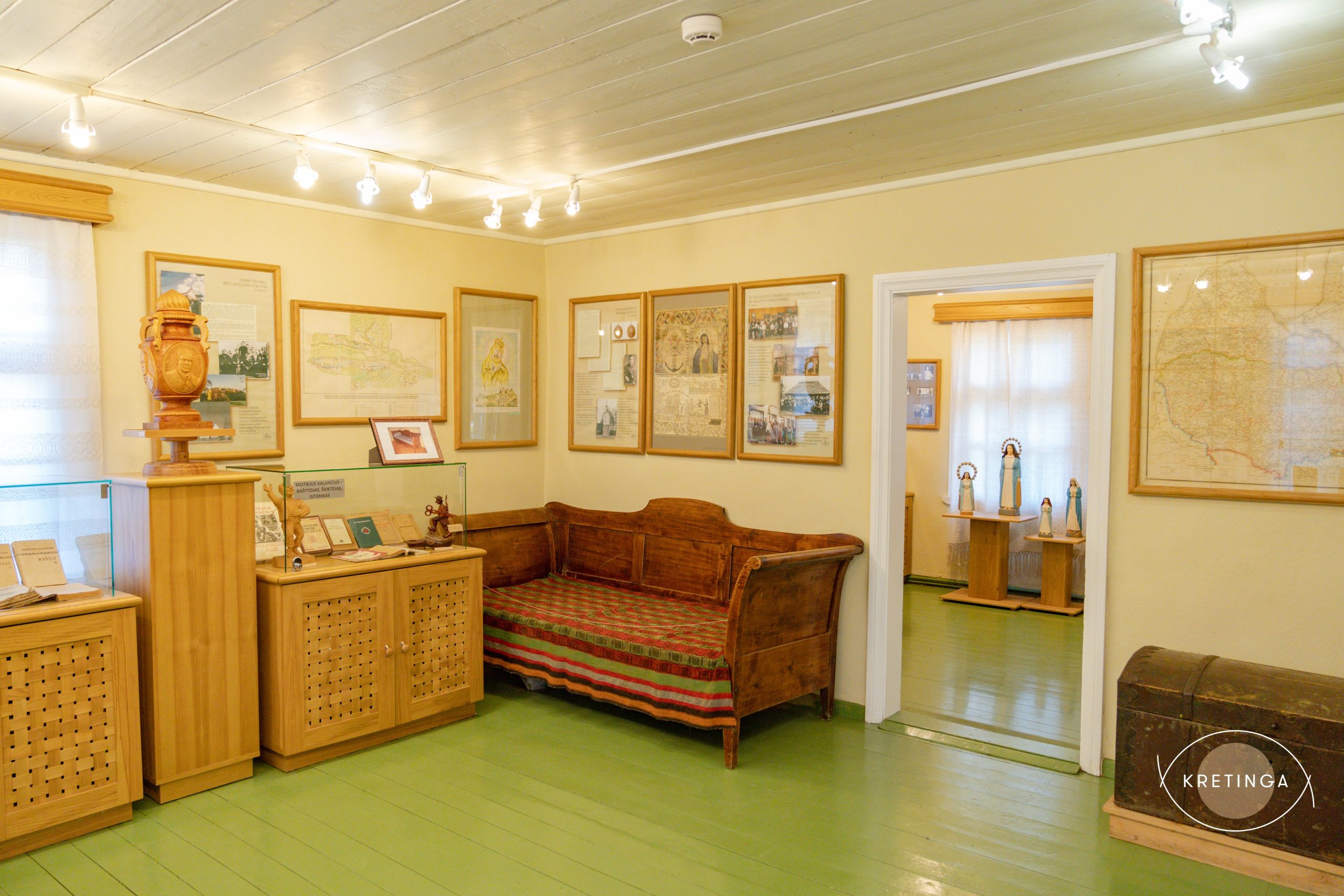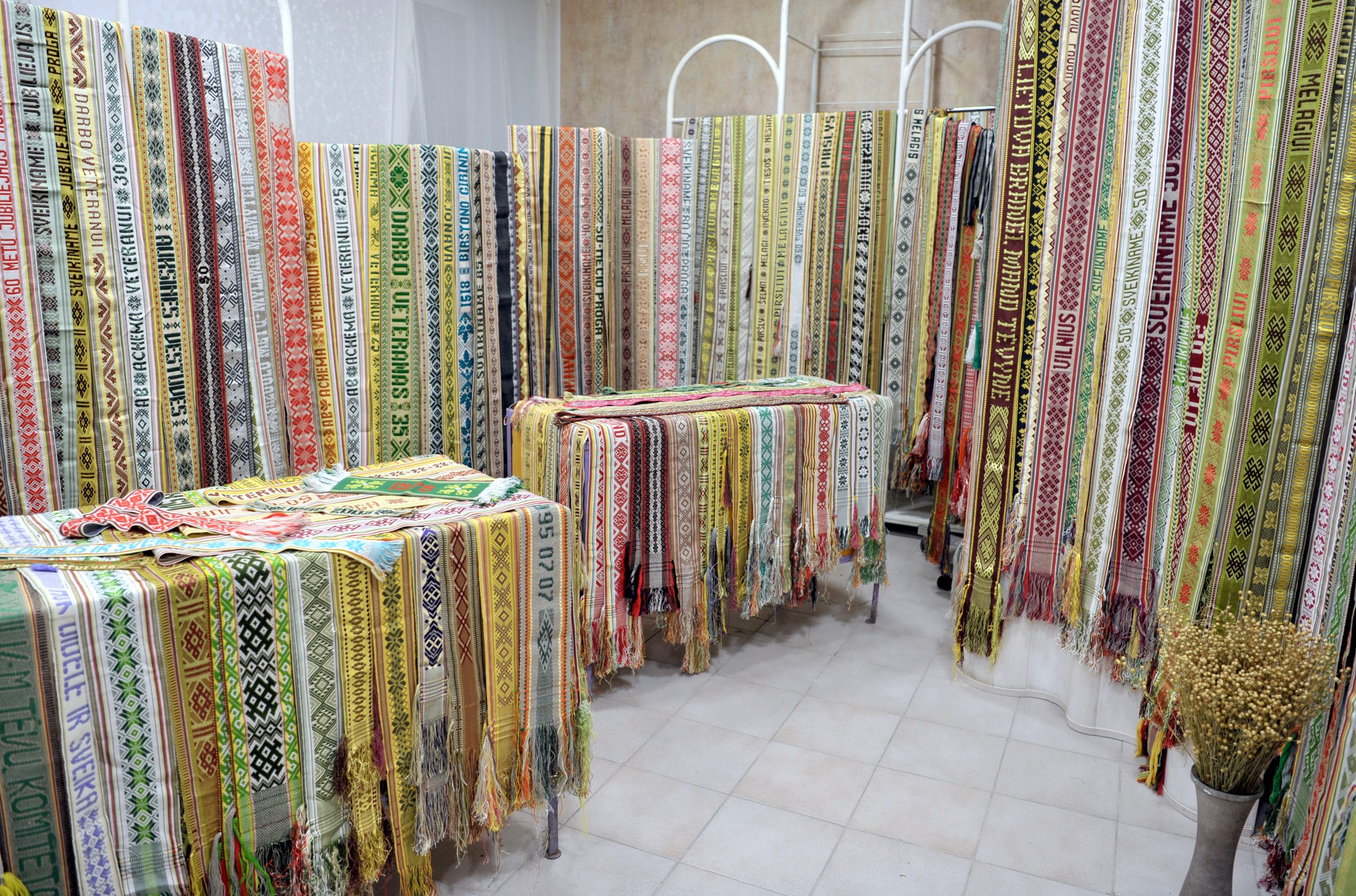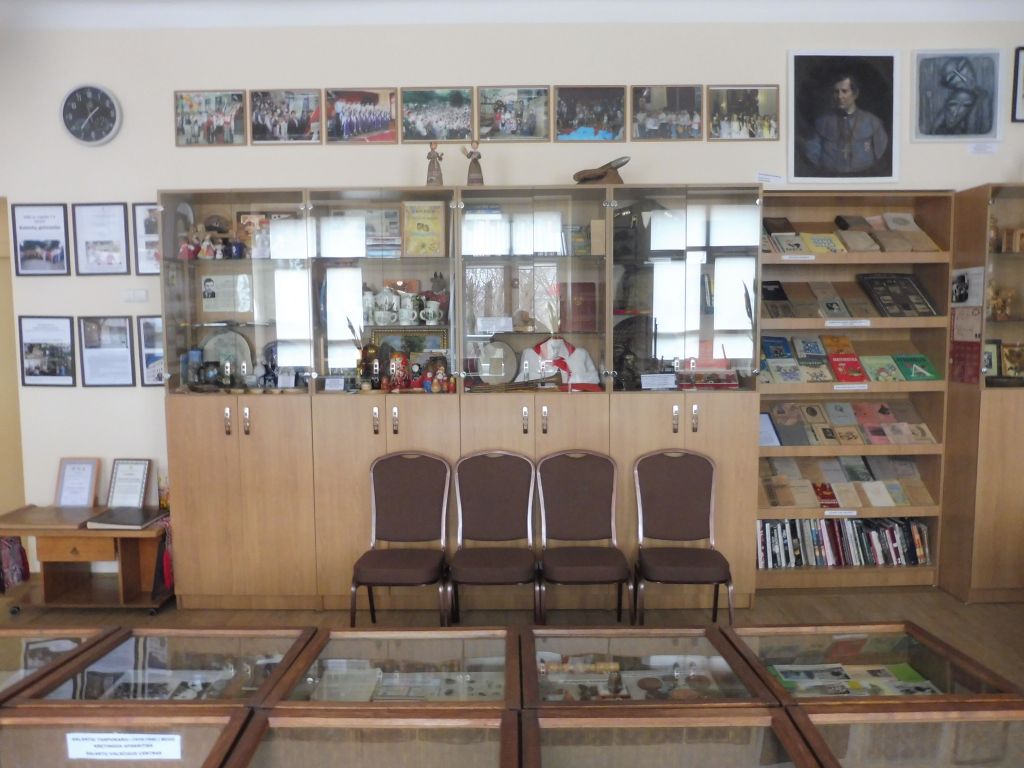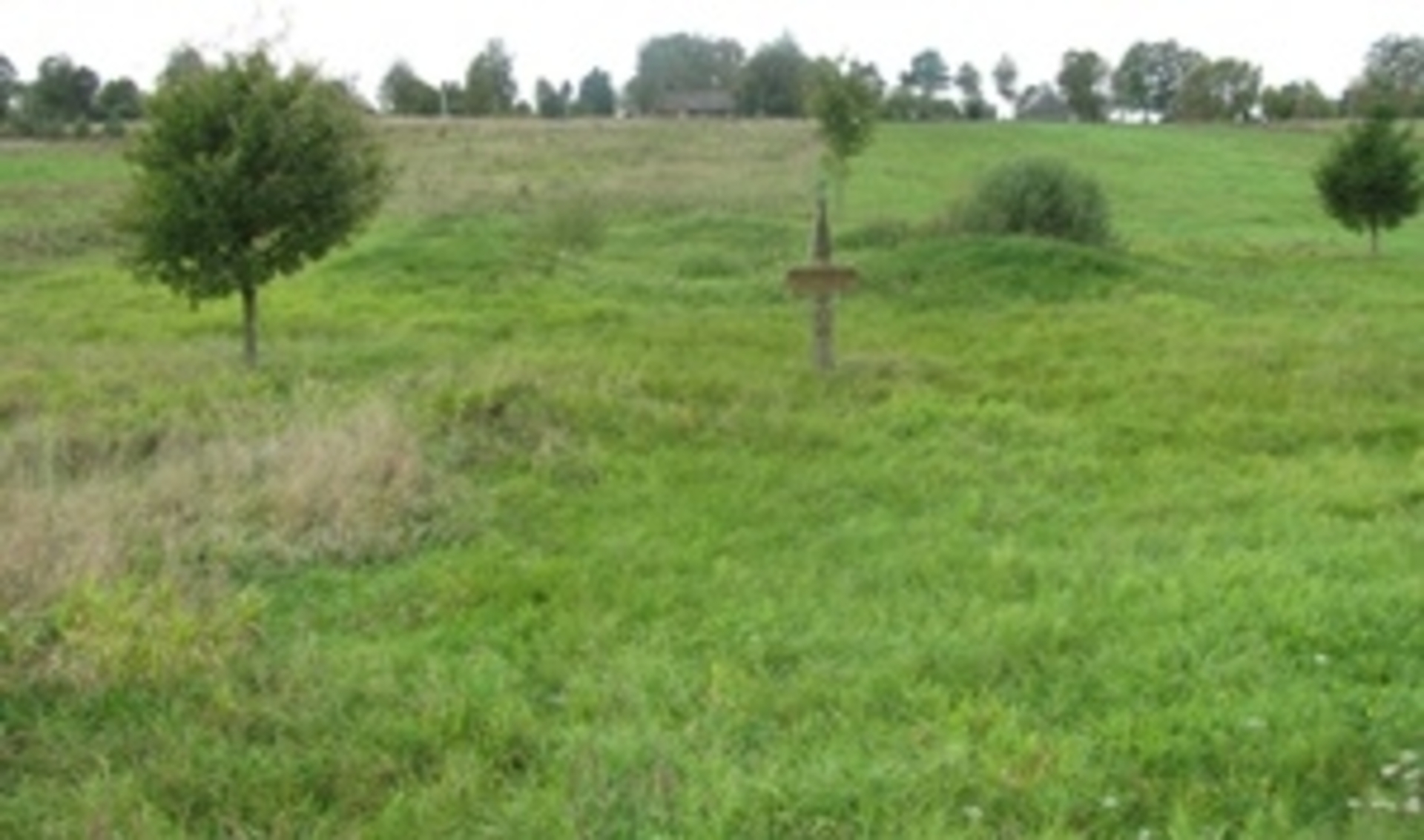Mosėdis Burial Mound Site

95

0

0
The Mosėdis burial mounds are a remarkable archaeological monument in Lithuania, located near the Bartuva River. In this area, remnants of an ancient settlement remain—burial mounds reinforced with stones, where cremated remains were interred. Research has uncovered fragments of both textured and smooth-surface pottery, as well as cremation remains dating back to the first millennium BCE. Unfortunately, some of the mounds were damaged in the mid-20th century during construction work. In 1988, the Mosėdis burial mounds were designated as a locally significant archaeological monument, and in 2005, they were added to the list of state-protected cultural heritage sites.
Info
-

Historical Heritage
-
Whats new?
Nearby attractions
Nearest museums
Nearest entertainment

 Entertainment
Entertainment
 Food establishments
Food establishments





























 56.166, 21.561
56.166, 21.561
 Get directions
Get directions








